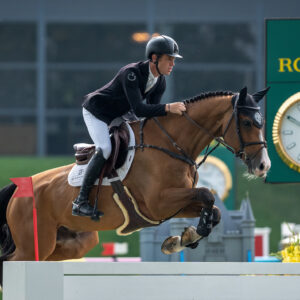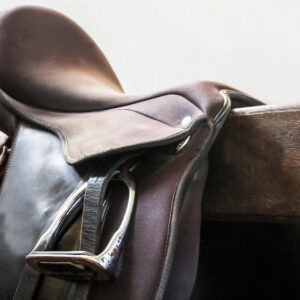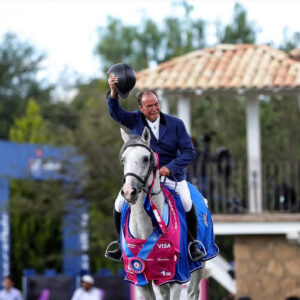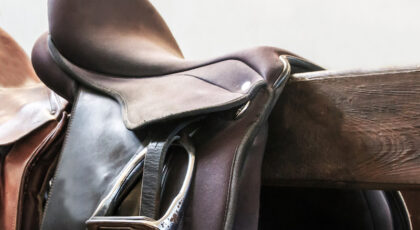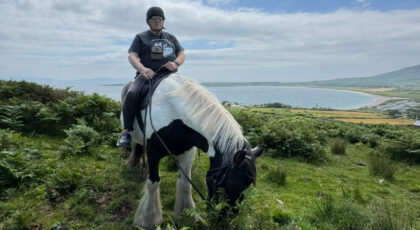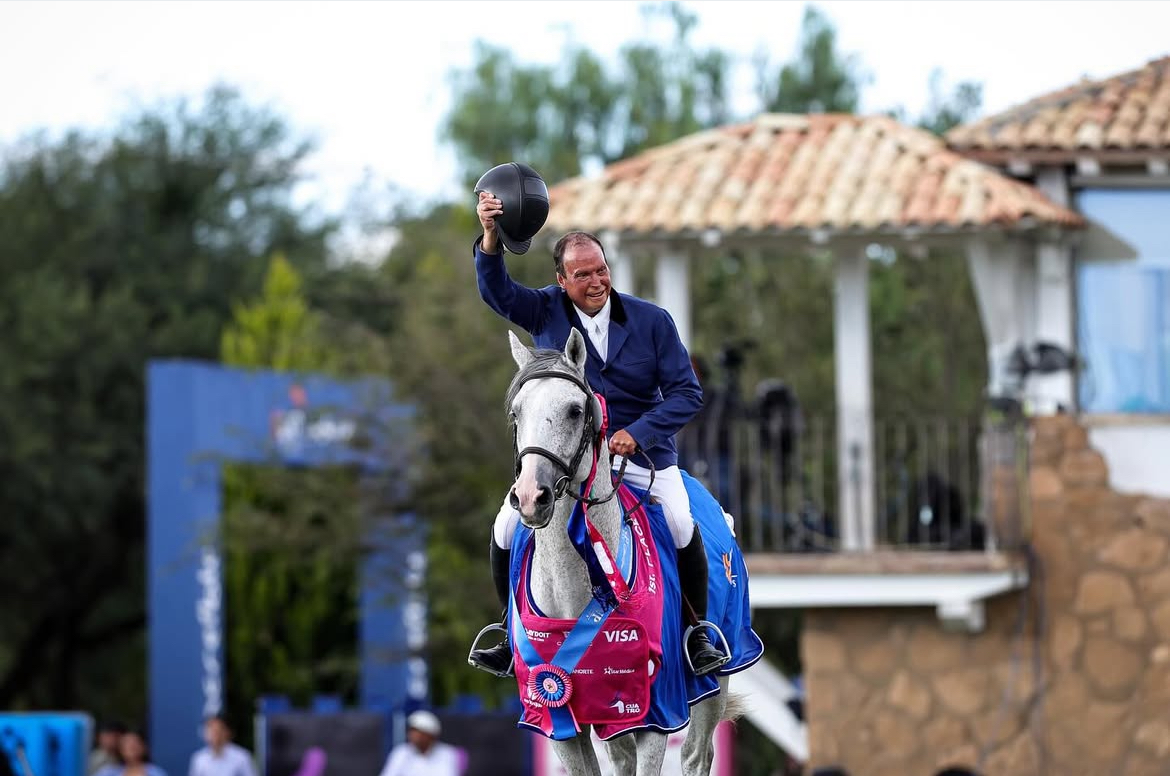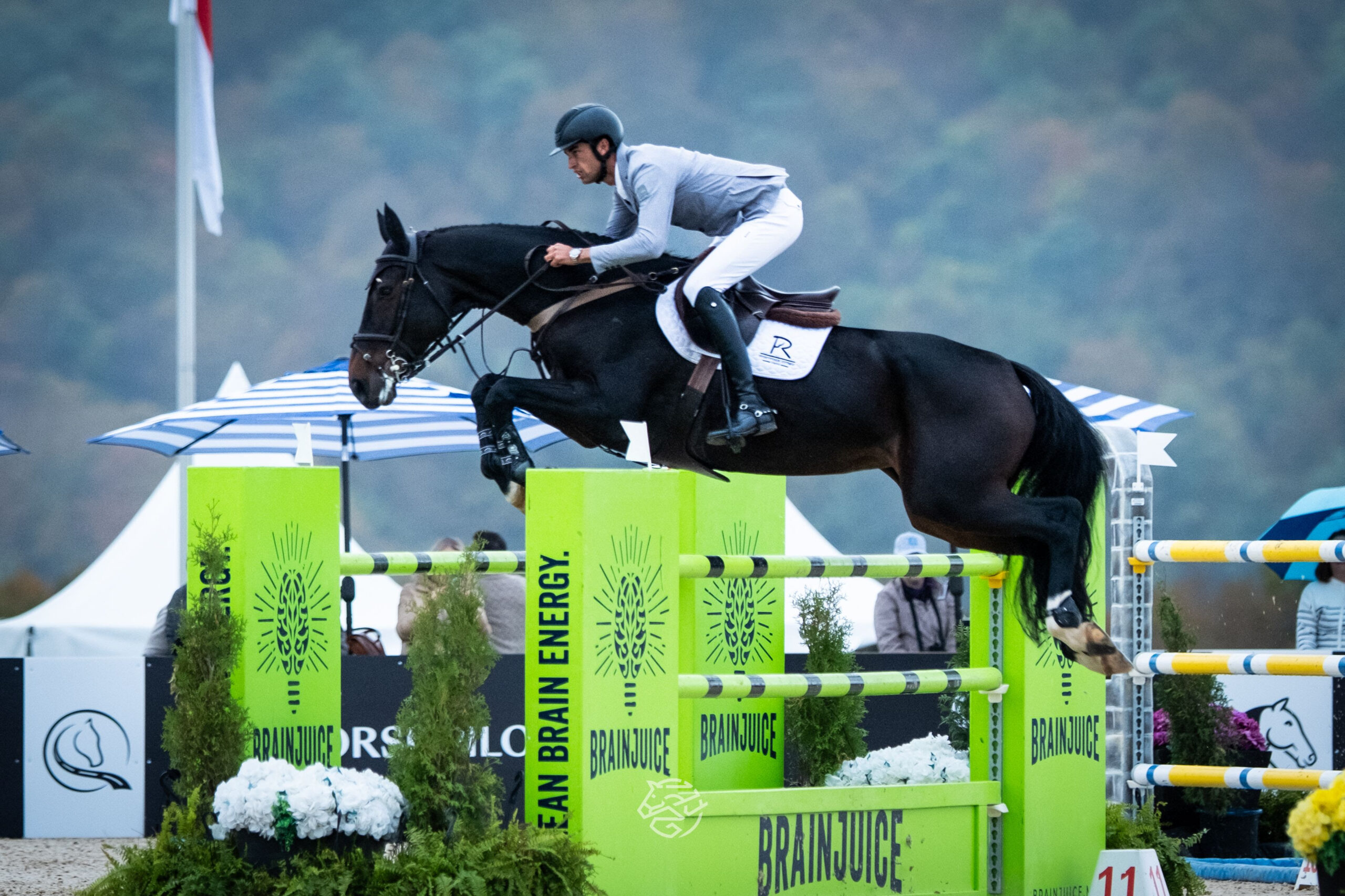Horses have been a part of the Olympics from close to the start.
There is no way our four-legged friends, who helped shape humanity on multiple levels, could be left out of something as spectacular as the Olympics.
What you may not know (I didn’t!) is that chariot racing was not the only equine sport during the Ancient Olympic Games, though it is the most talked about.
680 BC – Tethrippon
Four-horse chariot racing, known as tethrippon, was introduced to the Ancient Games in 680 BC and was considered the most thrilling and dangerous sports man has created. Excellent. Who doesn’t love when the words horse and danger are used in the same sentence?
These four-horse, one man, open back, single-axel chariots were raced in the open-air Hippodrome. Each race consisted of 12 laps around the track, which amounted to approximately 14,000 meters, which is about 8.5 miles, which is insane.
The Hippodrome
The track in the ancient Hippodrome wasn’t too dissimilar to what we are used to today. However, there were two marked differences.
The first was the narrowness of the turns and where the danger lurked. Locking wheels and collisions were inevitable and sadly, death by chariot race was common.
The second was the central divider known as a spina. The spina, which today would be akin to the infield but more closely resembled the tilt that divided jousting lanes, was made wide enough to fill with status and obelisks, which sounds pretty fancy.
This long thin structure dictated the shape and length of the course and the tightness of the turns as it was the turning point at either end.
648 BC – Kelēs
Regular flat racing, known as kelēs, was added to the program in 648 BC. While this sport was similar in almost every way to the racing we know, the one difference was that young boys were hired to ride due to their being lightweight. I suspect control wasn’t of much concern back then.
496 BC – Kalpē
Some 2,800 years ago, as it is today, mares, stallions and geldings often compete with one another equally. If you wanted your chariot team to consist solely of mares or solely of stallions, that was your prerogative.
However, in 496 BC a race known as the kalpē was introduced for mares only. The unusual thing about this race was that the rider was expected to dismount, dare I say alight, from their fast-moving horse and run alongside them for the last lap. Whether the horse was to be at a gallop, canter or trot, was unclear, but it’s safe to assume that madness would ensue. Running beside your horse for your vet is struggle enough, never mind having to leap off from anything other than a standstill.
Despite the excitement of men falling down repeatedly, the kalpē was removed from the program in 444 BC as it wasn’t a crowd favorite. And if you were wondering why such a bizarre sport was thought of, you need think no further than horses, warfare and cavalrymen.
408 BC – Synōris
Synōris, or two-horse chariot racing, was added to the docket in 408 BC, and was the same as the four-horse chariot, sans two horses, obviously.
Also, during the early 400s an age designation was put in place. Races with the word pōlikon included in the name were for 2-year-old colts and fillies, while the rest were for mares, stallions and geldings. Though word has it, the Greeks weren’t keen on gelding horses at the time.
The Olympic program in 448 BC, with the elimination of the kalpē race, would then have the equine sports of Tethrippon, Tethrippon Pōlikon, Kelēs, Kelēs Pōlikon, Synōris, Synōris Pōlikon.
To the Victor Go the Spoils
If you and your horse or team of horses survived the million hairpin turns and finished first after all the heats were run, then you won and to the victor go the spoils. However, and this is a big however, despite the charioteers and jockeys risking life and limb to win the Olympics, the victor was the owner, and the spoils went to them.
Admittedly, the spoils weren’t much, and the winning owner would only have expected an olive wreath to be placed upon their head. I believe status and bragging rights went a long way.
The jockey and/or driver and surprisingly the horses were given a prize as well, but instead of a wreath, they were given a red woollen headband. How the headbands were fitted to the horses remains unclear, but that isn’t really a problem I need to solve so I shan’t think too much on the matter.
And There You Have It
I love knowing horses have been a part of the Games, old and new, since near inception. Horses have brought the world together on so many different levels that they deserve to be Olympic athletes and champions just as much as humans.
Next week: women in the Ancient Games.
Sources:


 March 12, 2024
March 12, 2024 






